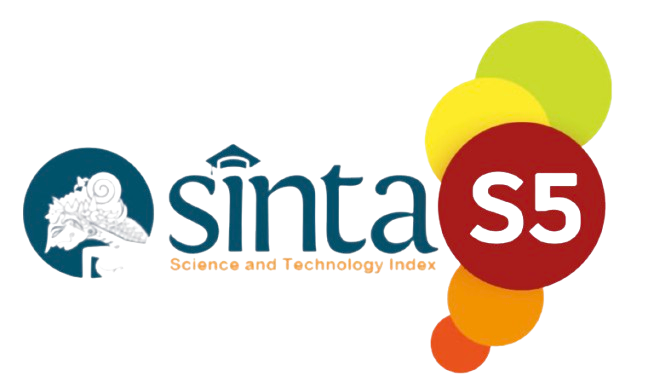The Correlation of Students’ Vocabulary Mastery, Sentence Structure and The Ability of Composing Descriptions for Middle School Students
Keywords:
compose descriptions, sentence structure, vocabulary masteryAbstract
The problem raised in this study is the correlation between vocabulary and sentence mastery and the ability to compose descriptions. This research was conducted because of the reality in the field that the ability to compose descriptions and mastery of vocabulary, as well as sentences that need to be developed. This study aims to describe the correlation between vocabulary mastery and sentence structure with the ability to compose descriptions of eighth grade students of SMPN 02 Waway Karya, East Lampung. To achieve the research objectives mentioned above, the authors use the correlational method, meaning that data is collected after all the events in question have taken place. The techniques used in collecting the data are questionnaires, tests, and observations. The data analysis techniques include requirements analysis test, statistical analysis, and research hypothesis testing techniques. Based on the results of the study, it can be concluded that, (1) there is a positive and significant correlation between sentence structure and the ability to compose descriptions, indicated by a correlation coefficient of 0.766 and a coefficient of determination (R2) of 0.587 or 58.7%, (2) there are a positive and significant correlation between vocabulary mastery and the ability to compose a description shown by a correlation coefficient of 0.662 and a coefficient of determination (R2) of 0.438 or 43.8%, (3) there is a positive and significant correlation between vocabulary mastery and sentence structure with the ability to compose a description shown by the correlation coefficient of 0.804 and the coefficient of determination (R 2 ) of 0.646 or 64.6%.
References
Akhadiah, S. DKK. (1992). Pembinaan Kemampuan Menulis Bahasa Indonesia. Jakarta:Erlangga.
Chaer, Abdul. (2000). Kalimat Efektif. Jakarta : Rineka Cipta.
Esten, Mursal. (2003). Struktur Kalimat. Bandung: Angkasa.
Finoza, Lamudin. (2002). Kemahiran Bahasa Indonesia untuk Mahasiswa Nonjurusan Bahasa. Jakarta: Mawar Gempita.
Gie, The Liang. (2002). Cara Belajar yang Efisien. Yogyakarta: Liberty.
Hastomo, T. (2016, January). The Effectiveness of Edmodo to teach writing viewed from students’ motivation. In Proceeding of International Conference on Teacher Training and Education (Vol. 1, No. 1).
Hastomo, T. (2019). Schoology effects on students' writing ability. Lentera: Jurnal ilmiah kependidikan, 12(1), 149-154.
Keraf Gorys. (2007). Argumentasi dan Deskripsi. Jakarta : PT.Gramedia.
Kosasih, E. (2002). Kompetensi Ketatabahasaan dan Kesusastraan Cermat Berbahasa Indonesia. Bandung : Yrama Widya.
Nababan. (2004). Analisis Pendidikan. Jakarta: Gramedia.
Nasution, S. S., Sukmawati, N. N., Lubis, A. A., Hastomo, T., & Sesriyani, L. (2020). Using critical discourse analysis to explore an authentic teaching material: A focus on language and power. Studies in English Language and Education, 7(2), 527-543.
Parera, Daniel. (2004). Diksi dan Pengajaran Bahasa Indonesia dan Sastra Indonesia. Jakarta:Erlangga.
Santoso, Puji. (2007). Materi dan Pembelajaran Bahasa Indonesia SD. Jakarta: Universitas Terbuka
Surastina, (2020). Pengantar Bahasa Indonesia. Yogyakarta: CV. Elamtera Publishing














